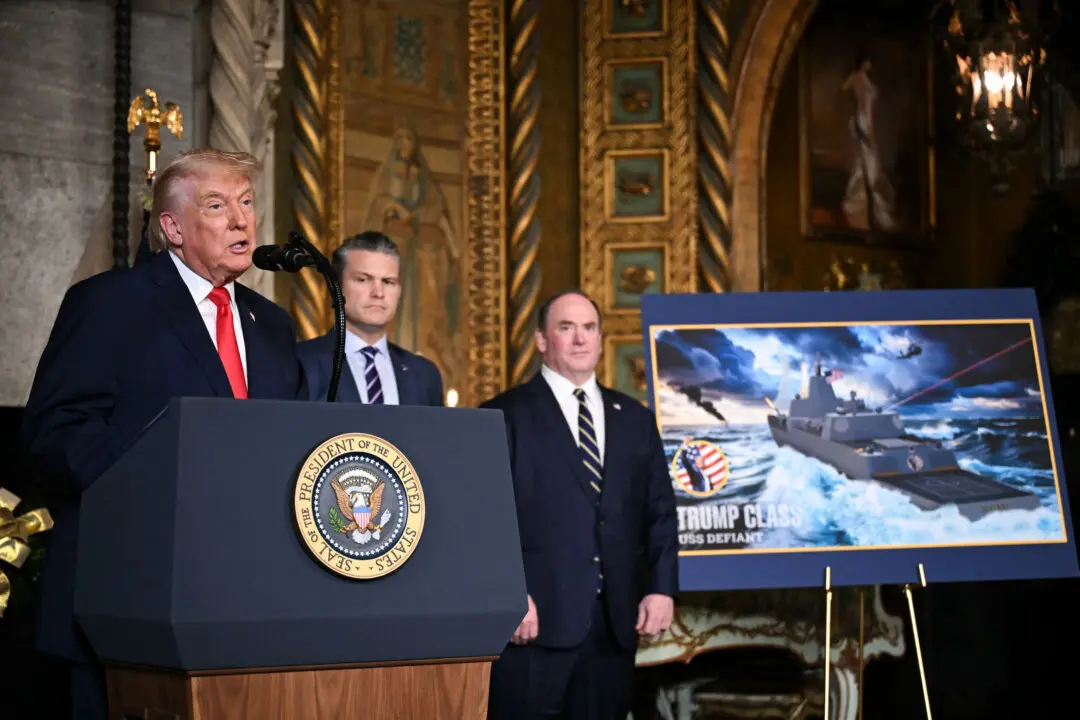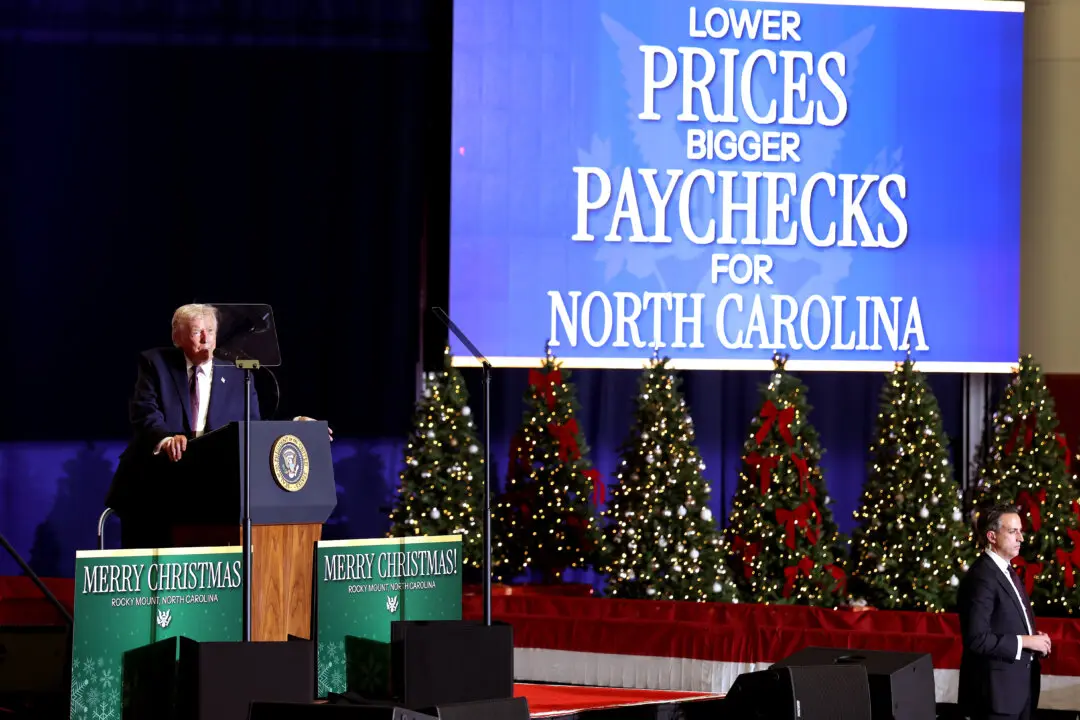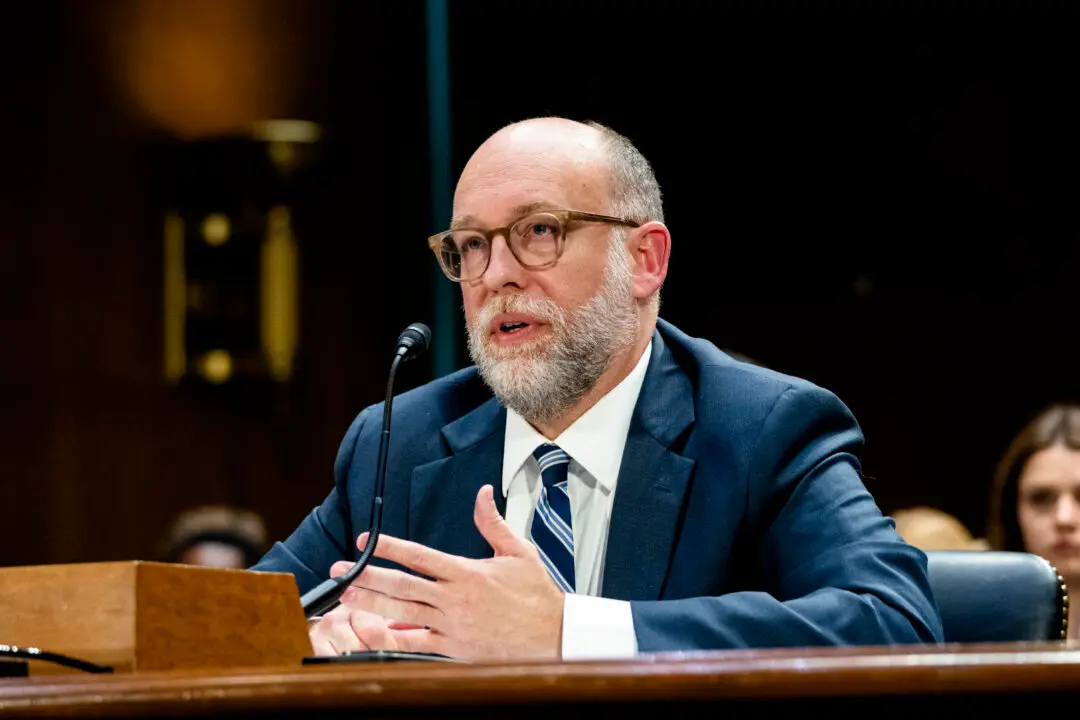WASHINGTON—The United States, Canada, and Mexico agreed to sign a new trade deal to “terminate and replace” the 24-year-old North American Free Trade Agreement (NAFTA).
President Donald Trump says the new agreement will transform North America into a “manufacturing powerhouse.”




